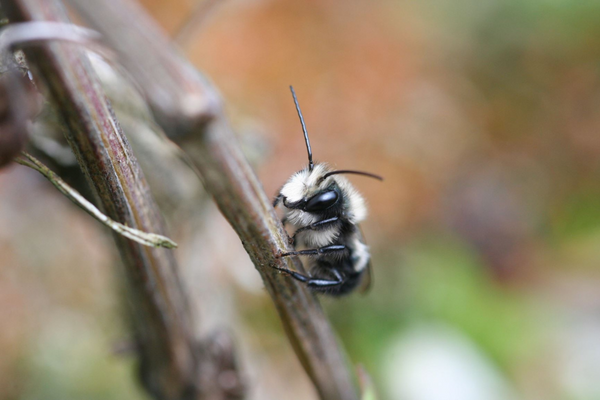Broad beans are a member of the pea family, and are one of the oldest known cultivated plants. Broad beans are also known many other names: fava beans, Windsor beans, faba bean, and horse beans. Follow along with this handy How to Grow Broad Beans and grow food this summer.!
Latin
Vicia faba
Family: Fabaceae
Difficulty
Easy
We Recommend: Broad Windsor (BN150). There’s a reason we carry just the one variety! Broad Windsor has been a customer favourite for decades. It’s very reliable and utterly cold hardy. Big tasty beans!
Season & Zone
Season: Cool season
Exposure: Full sun
Zone: Hardy to Zone 3
Timing
Direct sow October/November in mild winter areas. Direct sow February to May in other areas. Tall, soft plants won’t withstand winter well. Optimal soil temperature for germination: 10-21°C (50-70°F).
Starting
Use a broad bean or combination inoculant to provide a source of nitrogen. Sow seed 5cm (2″) deep, 15cm (6″) apart in double rows 23cm (9″) apart. Germination takes 10-14 days, depending on conditions.
Growing
Ideal pH: 6.0-6.5. Enrich the soil with compost prior to planting. Keep overwintered plants weeded. Provide stakes or strings between rows to stop plants from falling over.
Harvest
Pick when the pods appear plump and begin to droop from the weight of the seeds. Shell (like peas) and cook or use in soup. For dried beans, wait until the pods start to shrivel. Caution: some people are highly allergic to broad beans.
Seed Info
In optimum conditions at least 75% of seeds will germinate. Usual seed life: 2-3 years. Per 100′ row: 450 seeds, per acre: 98M seeds.
Diseases & Pests
When black aphids appear in May/June pinch off the growing tips on which the aphids feed. Spray the plants with blasts of water to dislodge remaining aphids.
Companion Planting
Excellent for fixing nitrogen in the soil. Avoid planting broad beans near onions.
More on Companion Planting.
















